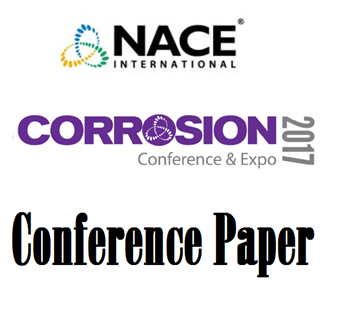Search
04634 New Theory for Naphthenic Acid Corrosivity of Athabasca Oilsands Crudes
Also Purchased
07569 Low Temperature Naphthenic Acid Corrosion Study
Product Number:
51300-07569-SG
ISBN:
07569 2007 CP
Publication Date:
2007
$20.00
Naphthenic Acid Corrosion in a High TAN Condensing Overhead System
Product Number:
51317--9095-SG
ISBN:
9095 2017 CP
Publication Date:
2017
$20.00
98579 FACTORS CONTROLLING NAPHTHENIC ACID CORROSION
Product Number:
51300-98579-SG
ISBN:
98579 1998 CP
$20.00




